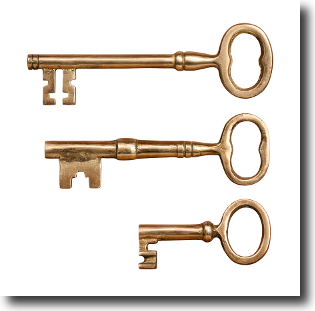“Before you go to your first yoga practice we should talk.” Alice said to Elizabeth as she sips her coffee. “There are three keys to remember and you will have a safe yoga practice”.
The 3 keys are:
- Ego
- Feedback
- Edge
For a person like Elizabeth that is new to yoga the toughest one of these is your Ego.
1 – Ego
When you start a yoga practice, your Ego is powerful. Your ego pushes you to perform a pose as well as the person next to you. It does not matter how challenging the pose you want to do the pose as well as everyone else. Your ego forces you to impress the people around you with how well you can do yoga.
This drive to be the best in the class is powerful and a lot of people injure themselves when they first start out.
Elizabeth’s Ego will control her actions for about six months. By that time she will be more accepting of her body’s limitations. Her Ego is no longer in control.
Surviving the first six months without injuring yourself is a challenge because your Ego is forcing you to ignore the feedback from your body.
2 – Feedback
Avoid injury by
- Controling your Ego
- Respecting your body’s feedback
- Using your Edge
Alice says “One of the most important aspects of your yoga practice is listening to the feedback from your body.”
Your body is giving you feedback all the time. A yoga practice makes Elizabeth more aware of that feedback. She will be able to tell when she is attempting to go too far into a pose. Feedback also tells her when she can safely go further.
Alice said to Elizabeth “One of the most surprising things that happened to me after I started my yoga practice was the impact yoga had on my eating habits.
I was more aware of the feedback from my body as I was eating. My body was telling me to stop eating and it also told me to stop eating particular types of food.
As a result of my yoga practice, I have changed my eating habits. I am eating less and healthier.”
Feedback from your body affects you on and off the mat. You use feedback on your mat to work with your Edge to increase your flexibility.
3 – Edge
Your Edge is that challenging yet comfortable place to be in a yoga pose. It is that place you move into a yoga pose where you can go no further. You find it challenging but you are not at risk of injuring yourself. It is the place you can stay at for a period of time.
Your teacher will help you find your Edge in a yoga pose. They will adjust your alignment and then help you to move a little further into the pose.
Pay attention to the feedback from your body as you move further. When your muscles start to tense up to protect themselves you have crossed over the Edge and are in the danger zone. Back off slightly and your muscles will relax.
You use your Edge in combination with your breath to increase your flexibility. As you slowly breathe in you move away from your Edge slightly. As you exhale you move gradually towards your Edge. You repeat this many times and eventually you will notice that you are further into your yoga pose.
Summary
Controlling your Ego, learning to listen to the feedback from your body and learning how to use your Edge will insure that Elizabeth has a safe yoga practice.
Next Step
When you go to your first yoga class, introduce yourself to your yoga teacher. They will help you to work with your Ego. They also teach you to use the feedback from your body to move your Edge and increase your flexibility in a yoga pose.
Additional Reading
Aesop’s fable about the Peacock and Juno tells you more about managing your Ego. The article How to manage Peacock Envy in your yoga practice goes into greater detail.
Alice listened to the feedback from her body and lost weight. To learn more about this read Why the Fussy Factor causes you to loose weight.
How the Rolling Pin Factor works with your Edge shows you how using your breath and that slight movement improves your yoga practice.




